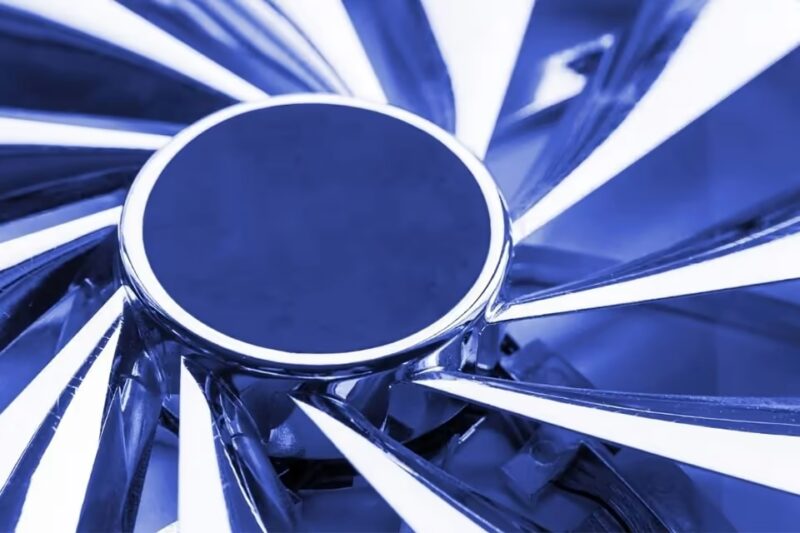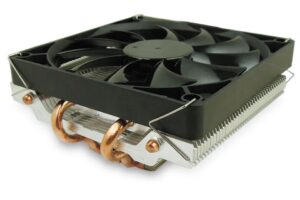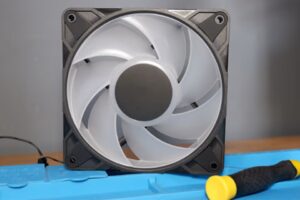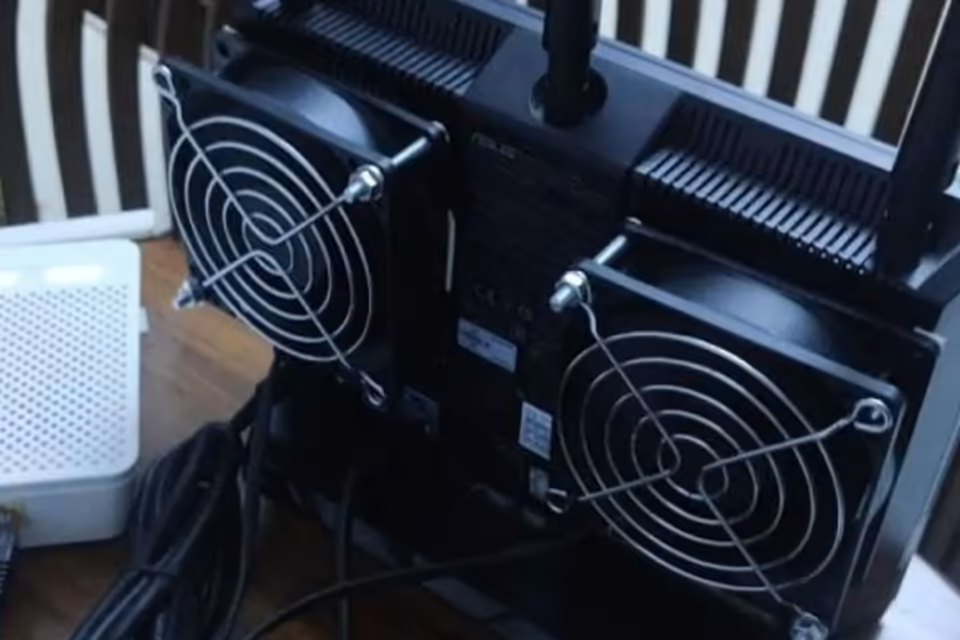Cooling fans are essential for temperature regulation in everything from electronics to industrial machinery, but the noise they produce is a significant issue. A noisy fan can disrupt comfort and productivity and even damage a brand’s reputation, making quiet operation a priority for manufacturers.
The primary sources of fan noise stem from four areas: mechanical issues, airflow problems, vibrations, and design flaws. Worn-out parts like bearings can cause grinding or rattling, while blocked airflow creates noisy turbulence. Improper mounting leads to vibrations that amplify sound. Understanding these root causes is key to troubleshooting and mitigating noise, which ultimately enhances a fan’s performance and longevity.
Fortunately, advancements in technology offer solutions. Modern approaches like aerodynamic blade designs, smart fan technology that adjusts speed based on temperature, and simple preventive maintenance are making fans quieter and more efficient.

Types of Cooling Fans
Cooling fans are categorized by their design and how they move air, which directly impacts their noise levels and best-use cases.
Axial Fans
Axial fans move air in a straight line, parallel to the fan’s central axis. Their simpler design generally allows them to operate more quietly, especially at lower speeds. This makes them the ideal choice for residential and commercial applications where noise is a critical concern, such as in personal computers, electronics, and room ventilation.
Centrifugal Fans
Centrifugal fans, also known as blowers, draw air in at the center and expel it at a 90-degree angle (radially). This design can generate much higher air pressure, making them perfect for demanding environments like HVAC systems and industrial machinery that need to move large volumes of air through ducts and filters. However, this power comes at a cost, as they are typically louder than axial fans.
Common Causes of Noise in Cooling Fans
Fan noise can be traced back to a handful of common issues. Pinpointing the cause is the first step toward finding a solution.
Mechanical Issues
Physical wear and tear is a leading cause of fan noise. Over time, fan bearings can wear out, producing a grinding, whining, or rattling sound. Similarly, if a fan blade becomes loose, damaged, or unbalanced, it will create wobbling and significant noise during operation.
Airflow Restrictions and Turbulence
Smooth, unobstructed airflow is quiet airflow. When this flow is disrupted, it creates turbulence, which we hear as noise. This can be caused by anything from dust buildup on the blades to poorly placed components or grilles that block the air path. The design of the blades themselves is also critical; blades that aren’t aerodynamically optimized will slice through the air inefficiently, creating noisy pressure fluctuations.
Vibrations
Vibrations are a major source of rattling and humming noises. Most often, this is caused by a fan that is not securely mounted. Loose screws or an ill-fitting housing allow the entire fan assembly to vibrate against its frame, turning a small operational hum into a much louder and more annoying noise.
Design Factors
A fan’s inherent design plays a huge role in its noise output. Fans with aerodynamically shaped blades that promote smooth (laminar) airflow are naturally quieter. The type of bearings used also makes a difference; ball bearings tend to be quieter and last longer than traditional sleeve bearings due to lower friction.
Diagnosing Noise Problems
Systematically identifying the source of fan noise makes it much easier to fix.
Steps for Diagnosis
Listen and Inspect:
Start by listening closely to the type of noise. Is it a high-pitched whine, a low hum, or a rattling click? Note when it occurs—at startup, under heavy load, or constantly. Then, perform a visual inspection. Look for obvious issues like dust buildup, loose screws, or damaged blades.
Clean and Maintain:
Often, the simplest solution is the most effective. Dust and debris are common culprits. Turn off the device and carefully clean the fan blades and housing with compressed air. While inspecting, ensure all mounting screws are tight to eliminate vibrations. Sometimes, older fans may require a small amount of lubrication on the motor bearing to resolve grinding noises.
Test Fan Performance:
If cleaning doesn’t solve the issue, monitor the fan’s speed using software tools. Consistently high speeds may indicate that the device is overheating, forcing the fan to work harder than necessary. This could point to a deeper issue, such as old thermal paste on a CPU or a failing sensor.
Solutions and Mitigation Strategies
Addressing fan noise involves a combination of smart maintenance and leveraging modern technology.
Preventive Maintenance
Regular maintenance is the most effective way to keep fans running quietly. This includes cleaning the blades and housing to prevent dust buildup, checking for and tightening any loose components, and lubricating bearings annually if the design allows. A consistent maintenance schedule extends a fan’s lifespan and ensures it operates efficiently.
Technological Innovations
Recent advancements in fan design have led to significant improvements in noise reduction.
- Aerodynamic Blade Designs: Engineers are now creating blades with refined shapes and curved profiles that optimize airflow and minimize turbulence. Some designs are even inspired by nature, such as blades modeled on the silent flight of owl wings.
- Smart Fan Technology: Modern fans often include sensors and IoT capabilities to adjust their speed dynamically based on real-time temperature data. This ensures the fan only runs as fast as necessary, saving energy and reducing noise.
- Improved Materials and Motors: The use of high-quality, low-friction materials and advanced, energy-efficient motors contributes to both quieter operation and greater overall sustainability.













